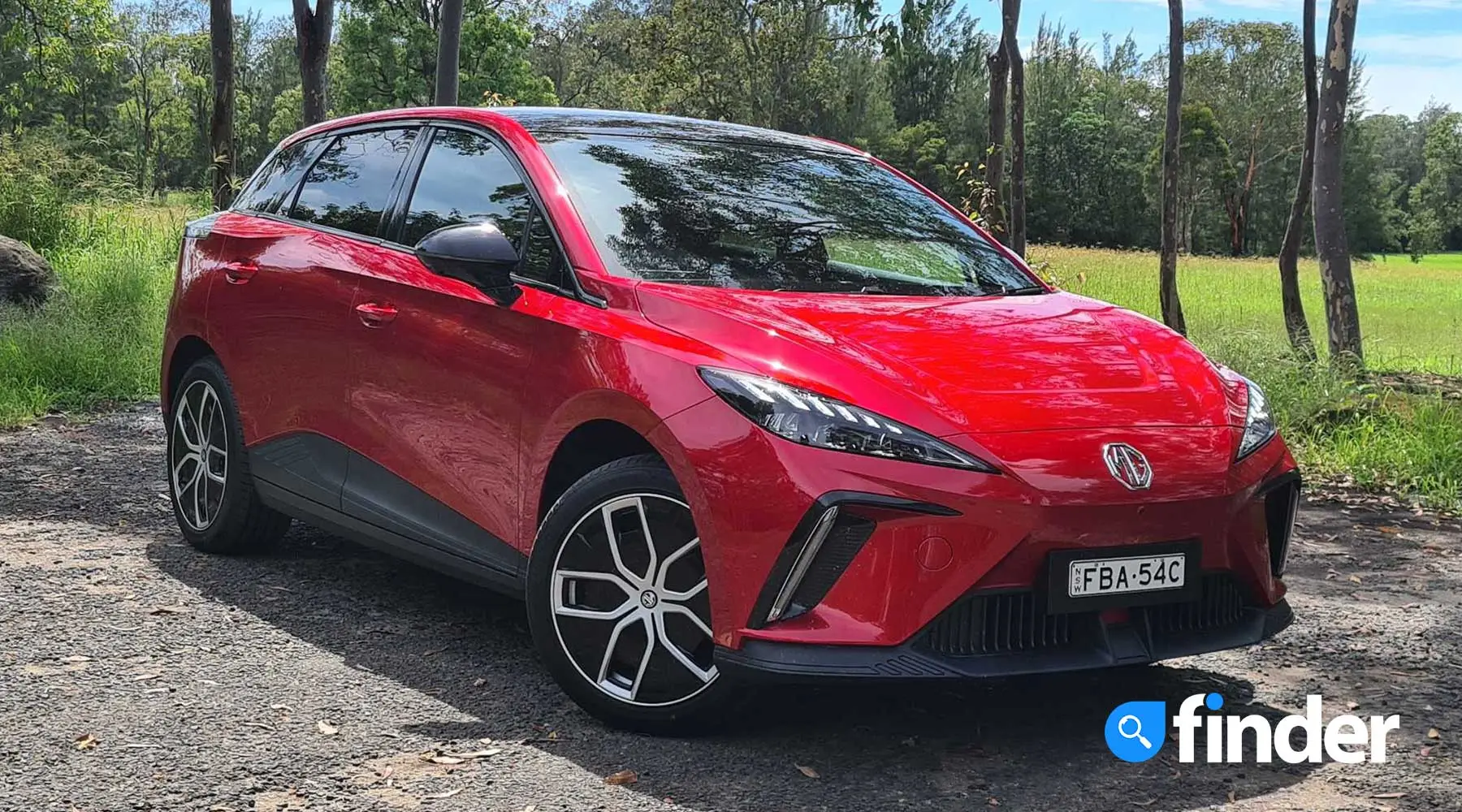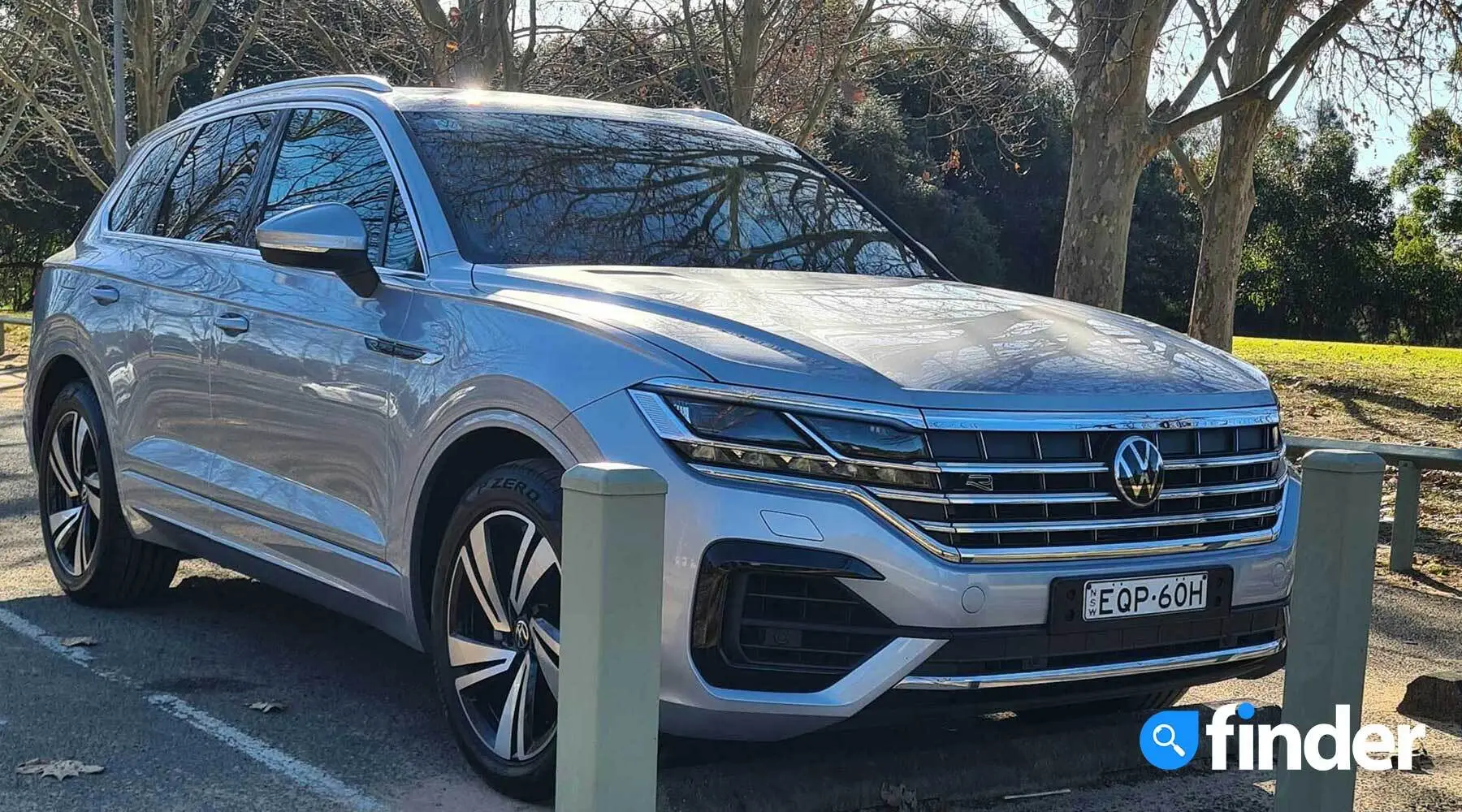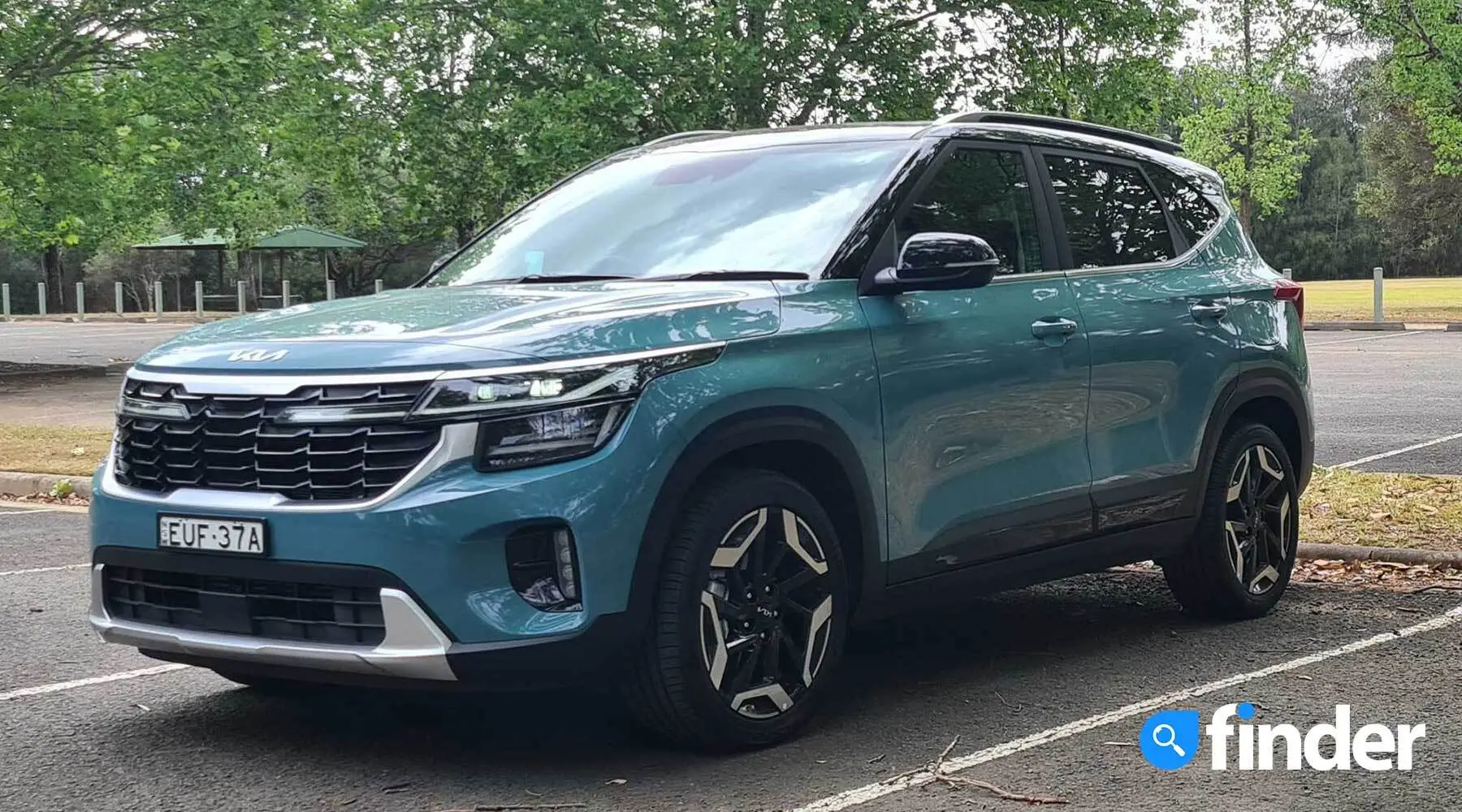
4×4 Ute Reviews
Travelling from Uluru to Kakadu? Find a 4x4 ute that will get you there.
Tough, rugged and reliable, 4x4 utes are some of the most versatile vehicles around. Equally at home on a worksite, a campsite or in city traffic, these big haulers are hugely popular with Aussie drivers. In fact, the most popular new vehicle in Australia throughout 2016 was a ute, with the Toyota HiLux outselling even the top passenger cars.
However, there's a huge range of 4x4 ute models on the market, so choosing the best one can be a difficult proposition. To make your decision easier, we've gathered reviews of the leading 4x4 utes here in the one spot.
Compare these 4x4 Ute reviews
By clicking "Find a Deal" on the table below, you will be redirected to our partner, OnlineAuto. Thanks to their "bulk buying power", OnlineAuto are able to help you buy the car you want and potentially save you money too. In fact, the average saving through OnlineAuto is $4,616.
Australian Ute comparisons
Definition: What is a 4x4 ute?
A ute, which is Australian slang for utility, is a vehicle with the passenger cab area at the front and a cargo tray at the back. The "4x4" part of the equation refers to the fact that the vehicle features four-wheel drive. While there are also two-wheel drive (or 4x2) models available, 4x4 utes have more off-road capability.
What features come with a 4x4 ute?
The features of a 4x4 ute vary widely depending on the make, model and variant you select, but there are a few inclusions standard across the range. The first is four-wheel drive, which allows you to tackle tougher terrain than you could in an ordinary two-wheel drive vehicle. The next standard feature is the cargo tray, which you can use to lug around tools, toys or anything else you need to get from A to B.
Up front in the cabin is where some differences start to appear. 4x4 utes are available in three cab types:
- Single cab. With two doors and seating for passengers, this is probably what springs to mind when you think of a tradie's ute.
- Dual cab. Dual cabs boast four doors and an extra row of seating, meaning there's enough room inside for four or five people. This configuration is also known as a crew cab.
- Extra cab. Sometimes called a king cab, space cab or super cab, this body style is basically halfway between a single-cab and dual-cab ute. It provides extra room behind the front seats which can be used for additional seating or storage space.
Pros and cons of 4x4 utes
Pros
- Tough. Whether being used to haul heavy loads or tackle tough terrain, 4x4 utes have a reputation as rough and reliable workhorses.
- Versatile. Though they were traditionally used only as work trucks, many modern 4x4 utes double as commuter vehicles and people movers for busy families.
- Can take you where other vehicles can't. Four-wheel drive means you can head off the beaten track.
- Practical. With seating for up to five people and plenty of load-carrying capacity, 4x4 utes are some of the most practical vehicles on the road.
Cons
- Not the most comfortable. Though the level of refinement and comfort in the cabins of 4x4 utes has come a long way in recent years, some models still feel much more like rugged work trucks and lack a few creature comforts.
- Don't have great performance. If you're looking for exhilarating engine performance and dynamic on-road handling, look elsewhere.
- Harder to manoeuvre. Hate navigating through busy city streets or tight carparks? Many models are quite large and much more difficult to manoeuvre than smaller cars.
Latest Finder hands-on car reviews


Volkswagen Touareg 210TDI R-Line review
Does the Volkswagen Touareg 210TDI R-Line set the gold standard?
Read more…How do you compare 4x4 utes?
When you're weighing up the pros and cons of different 4x4 utes, make sure to consider the following factors:
- Price. This is the first factor many of us look at, but remember that the engine, transmission, number of seats, included features and a wide range of other factors can vary from one model to the next. When looking at prices, make sure you're comparing apples with apples.
- Tray. How large is the tray area and how easy is it to access? What's the maximum load that each 4x4 ute can safely carry?
- Cab. Stepping inside, it's time to look at the quality of the fit and finish and the design of the interior. Is the driving position comfortable? Is the dash intelligently designed and easy to use? Is it roomy enough and is there adequate storage? Does it have all the bells and whistles you'd expect from a modern car, such as sat nav and Bluetooth connectivity?
- Ride and handling. How does the ute perform on the road? Is it a reliable handler and easy to manoeuvre, and can the driver and all passengers travel in comfort?
- Durability. Next, take some time to consider how rugged and reliable each model is. What's the build quality like? Will it stand up to whatever punishment you'll throw at it? Is there sufficient ground clearance to go off-road?
- Towing capacity. If you're planning on lugging a boat, trailer or caravan with your 4x4 ute, check its maximum towing capacity. It's also a good idea to look for vehicle reviews that test a vehicle's real-world towing performance.
- Safety. Check the ANCAP safety rating to see how each ute will perform in a crash. Also remember to check the features list to find out what active safety technologies are included, such as lane departure warning and blind spot monitoring.
on OnlineAuto.com.au's website
On-road costs to expect
Due to the variety of different configurations and models available, 4x4 ute prices cover a pretty broad range. To give you a better idea of how much you can expect to pay, entry-level single-cab models typically start around the $25,000 mark. Meanwhile, for a top-of-the-range dual cab with all the trimmings, you'll need to spend anywhere from $50,000 to $60,000.
Are 4x4 utes worth it?
It depends on the type of vehicle you want. If you're looking for the ultimate in driving performance or luxury on-road touring with all the creature comforts, an offroad-capable ute probably won't be the best fit. But if you want a tough, practical workhorse with the capability to handle a bit of punishment, a 4x4 ute is well worth the investment. Regardless of whether you're looking for a reliable work vehicle or something to help you escape the city on the weekends – or maybe both – a 4x4 ute will fill the brief admirably.
Compare the best 4x4 utes on the market to find the make and model that ticks all the right boxes for you.
Compare 4x4 ute finance
Compare car insurance side-by-side and get quotes
More guides on Finder
-
2024 MG4 review
Once again MG proves it's making "Electric for Everyone" with the MG4.
-
Carma
Carma is a one-stop shop for your car-buying needs.
-
2021 Abarth 595 Competizione Review
I bet you haven’t seen many of these on the road before – it’s an Abarth 595 Competizione.
-
2021 Genesis GV80 Review
The 2021 Genesis GV80 stands out from the crowd, showcasing what the luxury brand is about.
-
2021 Kia Carnival review
With Australians purchasing larger, more stylish, three-row SUVs as opposed to people-movers, Kia has decided to make some changes.
-
2021 Genesis G80 Review
There is plenty to like about the 2021 Genesis G80 from its sharp and rather unique good looks to the level of equipment fitted as standard.
-
Best Electric Cars Australia
Here are some of the best electric cars in Australia in 2022.
-
Electric car ownership guide
Find out how to switch from a fossil-fuel guzzler to an electric car.
-
Mazda CX-5 GT Turbo Review: Hands-on
We got behind the wheel of the Mazda CX-5 GT, which sits at the pointy end of the range in the current stable – between the Touring and the Akera – to see why 30.34% of Mazdas sold are CX-5s.
-
Holden Colorado Z71 Xtreme: Hands-on review
From asphalt to outback: we got hands-on with the new Holden Colorado Xtreme to see how it handles.
Ask a Question
